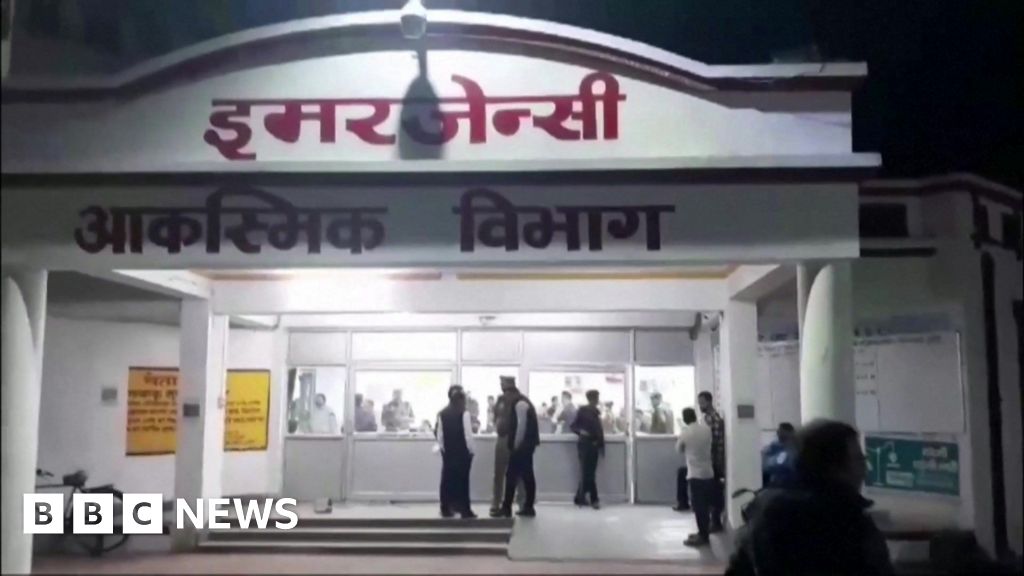ARTICLE AD BOX
Image source, Getty Images
Image caption,At least three anti-military protests such as this one were held in Yangon on Sunday
Several people have been injured after a military truck rammed into a crowd of protesters in Myanmar's commercial capital, Yangon.
Eyewitnesses say the soldiers then opened fire on some fleeing protesters, and beat others.
Since February's coup, more than 1,200 people have been killed during protests and thousands more imprisoned.
The government has not commented on the latest incident, but previously accused protesters of instigating violence.
It was one of at least three protests against military rule held in Yangon on Sunday. Since military forces have often opened fire on protesters in the past, demonstrations are often held in small organised groups to minimise casualties.
Witnesses said this latest "flash mob" protest was rammed minutes after it started.
"I got hit and fell down in front of a truck. A soldier beat me with his rifle but I defended and pushed him back. Then he immediately shot at me as I ran away in a zigzag pattern. Fortunately, I escaped," a protester told Reuters news agency.
The UN has said that the military's crackdown could amount to crimes against humanity, but its envoys have repeatedly been denied access to Myanmar to investigate.
The junta has justified the pre-dawn coup in February by alleging there was voter fraud in last year's general elections, which the party of Myanmar's then-leader, Aung Sang Suu Kyi, won by a landslide.
Independent election monitors say the vote was largely free and fair, and criminal charges brought against Ms Suu Kyi have been widely criticised as politically motivated.
Many of the activists who led the peaceful civil disobedience movement earlier this year have gone into hiding, or gone to border areas to get military training from the ethnic insurgents based there.
Armed volunteer people's defence forces in towns and villages across the country have carried out hundreds of bombings and assassinations targeting officials working with the military government.
The military has responded with a scorched-earth campaign against areas where armed resistance has been strongest, burning houses and driving tens of thousands into the forests and over the border to India.
You may be interested in watching:
How did this peace icon end up at a genocide trial?

 2 years ago
113
2 years ago
113








 English (US)
English (US)